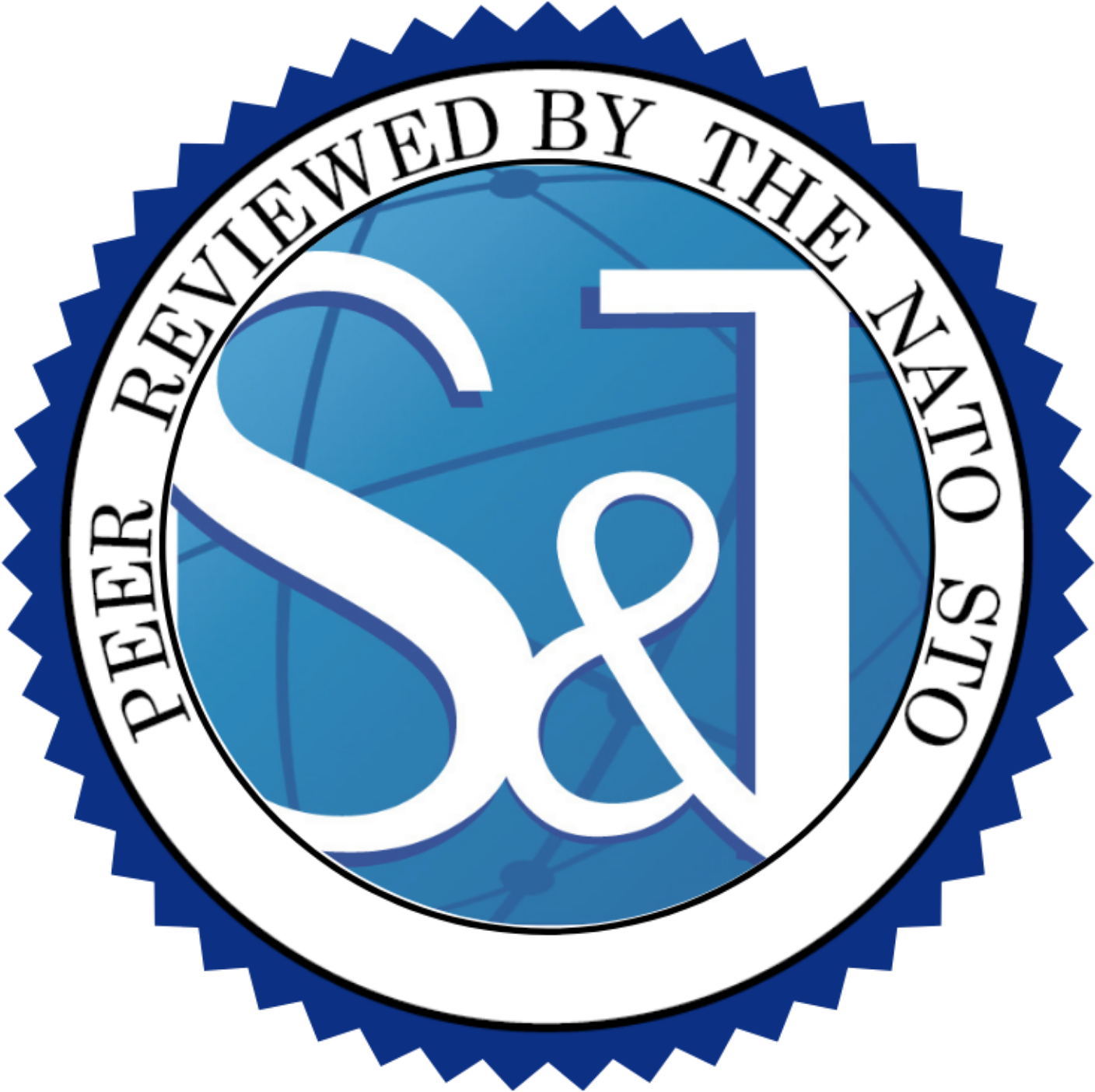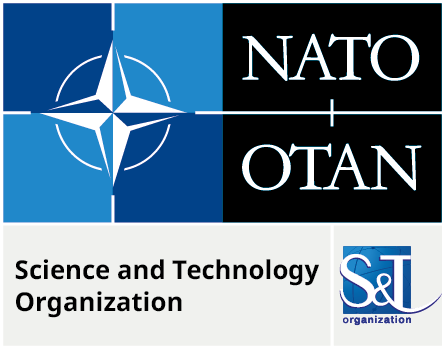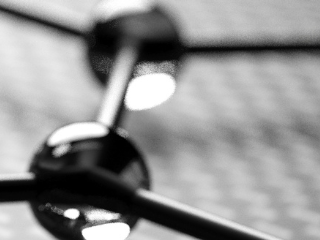Author(s): Ucak-Astarlioglu Mine G.; ![]()

| ISSN: 3005-2092
This study establishes a baseline for understanding the influence of graphene in cementitious materials and presents a solid basis for the future development of graphene-cement mortar, and graphene-concrete composites leading to sustainable structures.
Citation:
ABSTRACT
This research aims to develop novel cementitious materials to address the growing needs of improving logistical infrastructure for military applications. For that purpose, a Two-Dimensional (2D) material, graphene, with superior mechanical, chemical, thermal, and electrical properties, is added into cement composites to enhance their internal matrix for advanced military applications. Upon selection of two different graphene resources, Laboratory-Generated (LGG) and Commercial Grade Graphene (CGG) were obtained, and their optimum dispersion was determined by studying various graphene percentages in cement mixtures. Explored chemical and physical interactions between graphene and its cementitious matrix through spectroscopic and microscopic techniques, and mechanical analyses using compression testing. Graphenecement microstructure/ processing/ property relationships of composites were established and related to the compressive strength and longevity. This investigation showed the importance of graphene dispersion on the adhesion forces between cement’s calcium silicate hydrate (CSH) gels and graphene surfaces. Analyses indicated that higher compressive strength graphene-cement mixtures have better microstructure patterns with much finer or reduced crack formation, as observed qualitatively. Both LGG and CGG cementitious composites showed a compressive strength increase over a 7- to 28-day curing, and a stabilized minimal increase in 28 days compared to the reference materials without graphene. Morphologies of graphenecementitious materials and their long-term durability are under investigation along with computational tools for materials design of graphene-cementitious composites.
DOWNLOAD FULL ARTICLE


